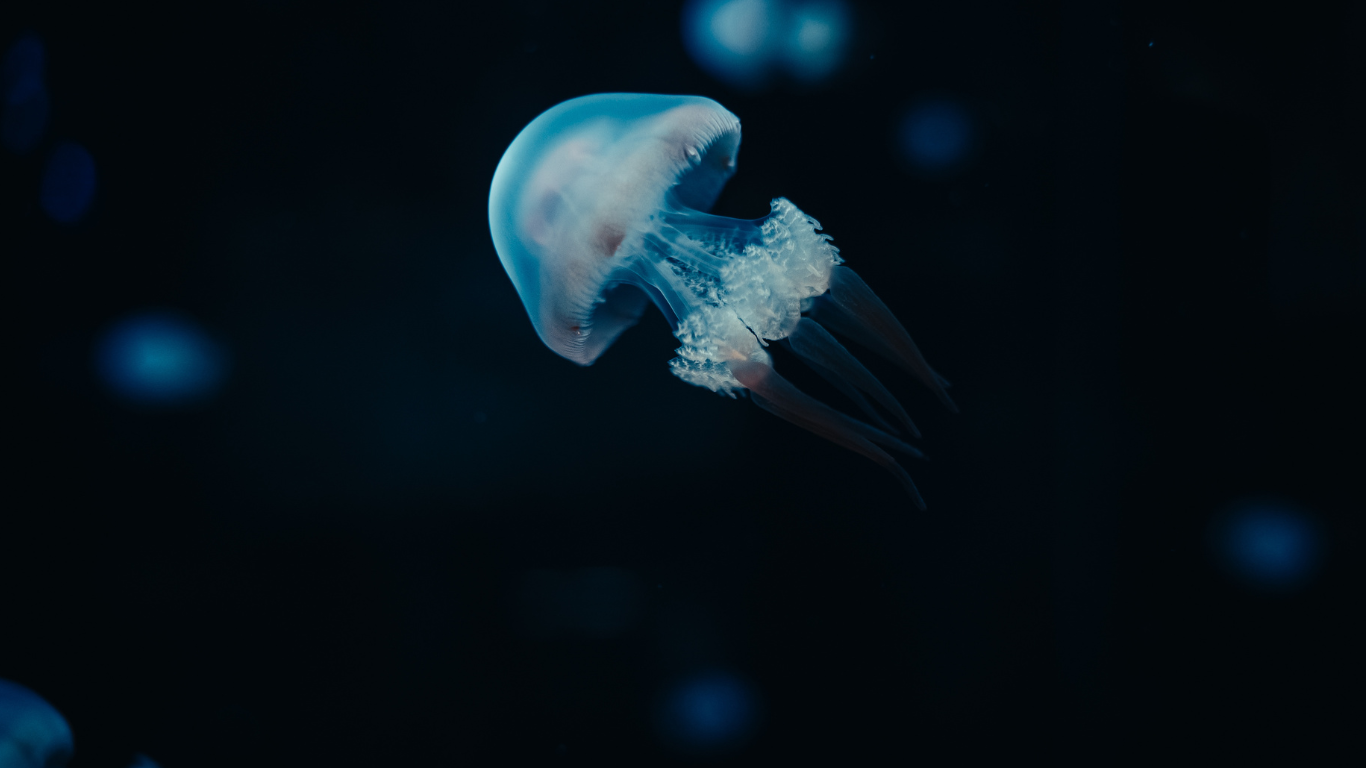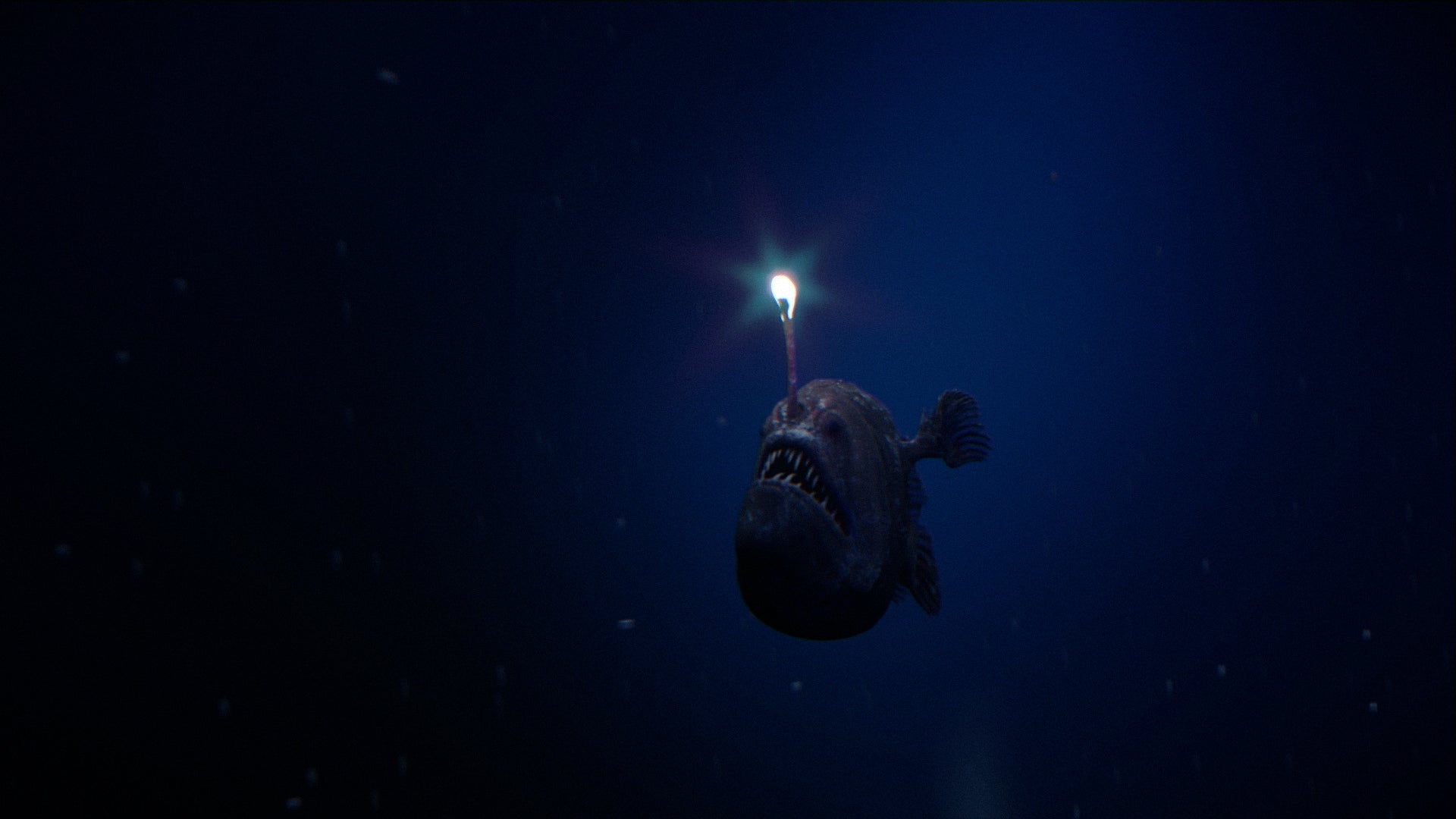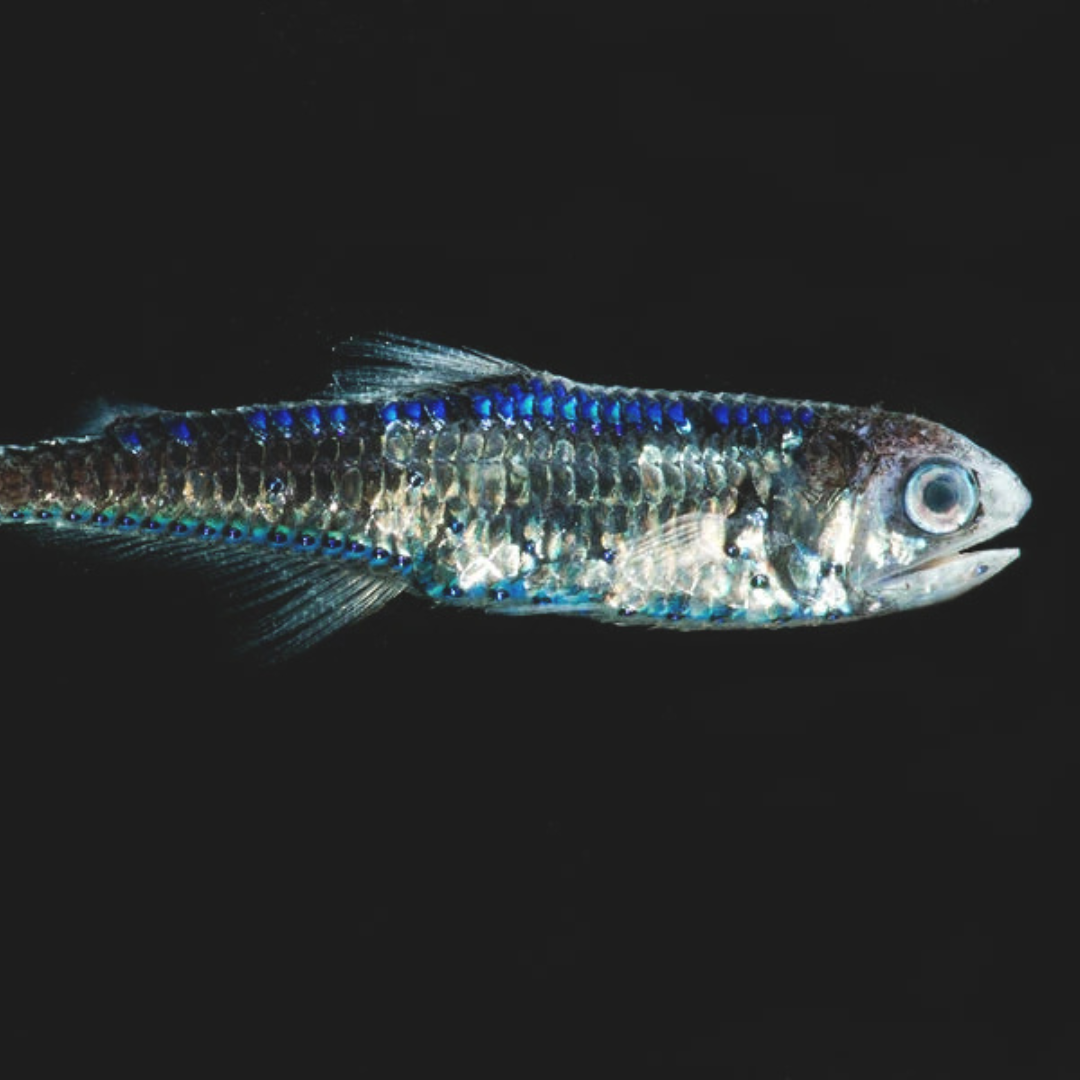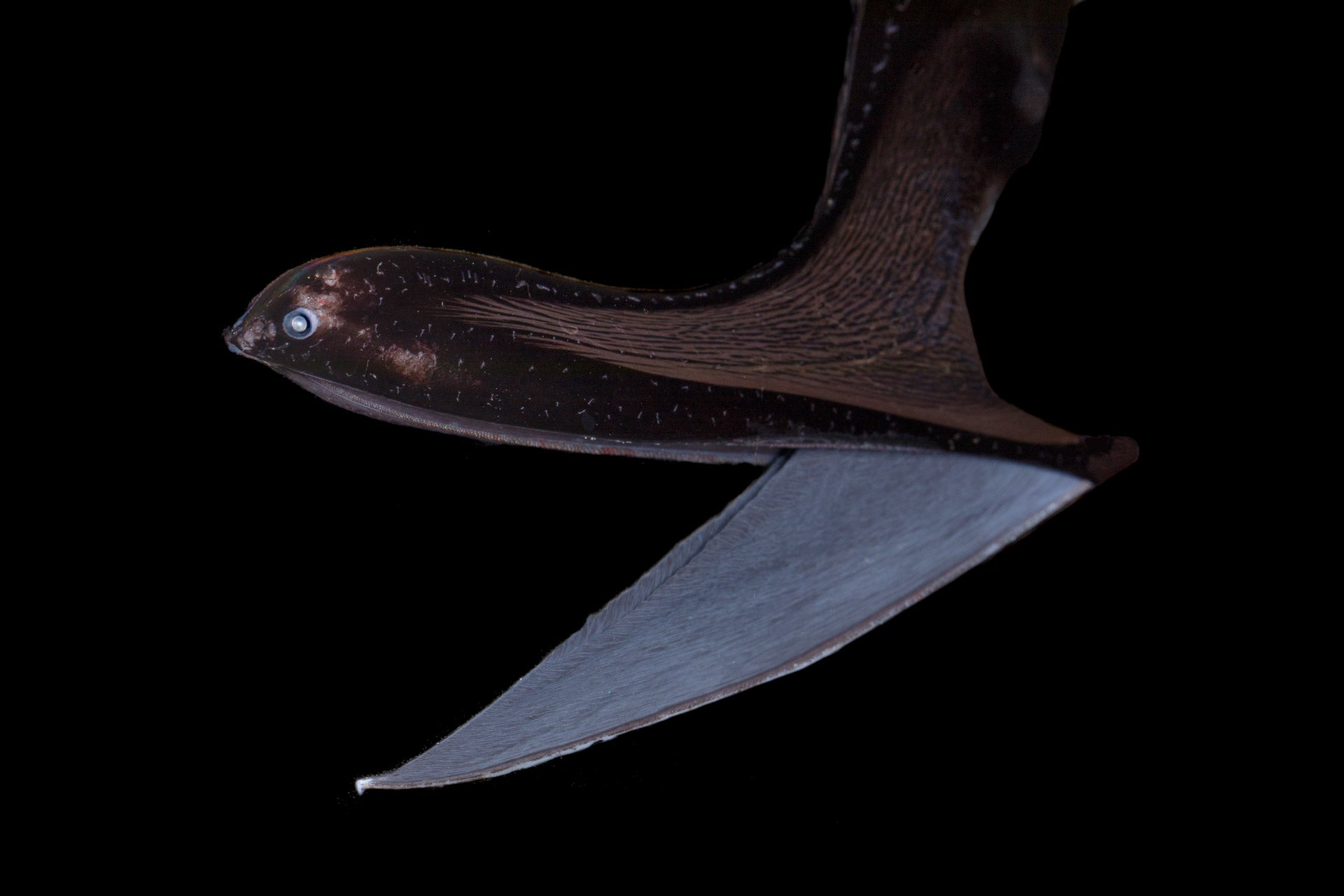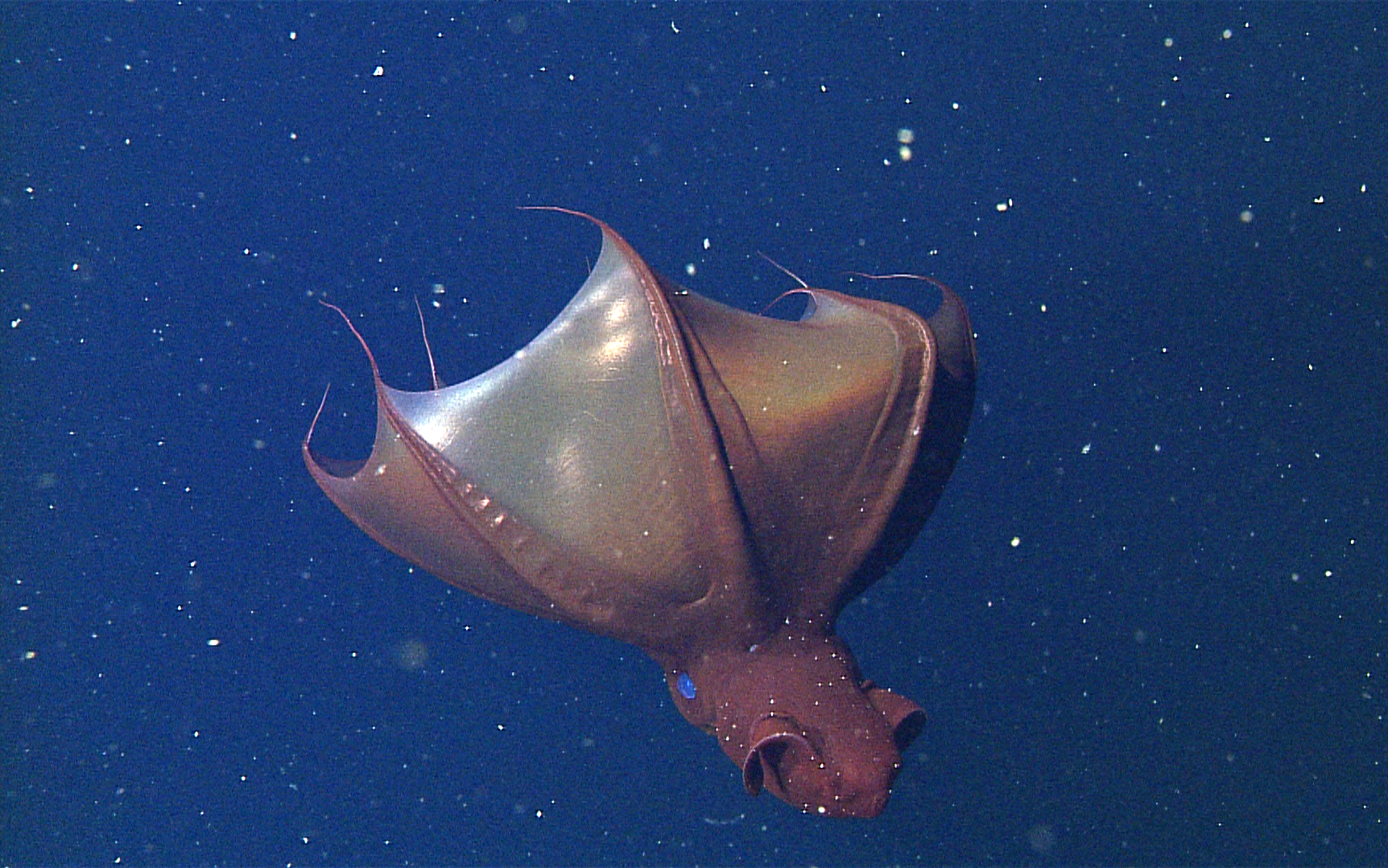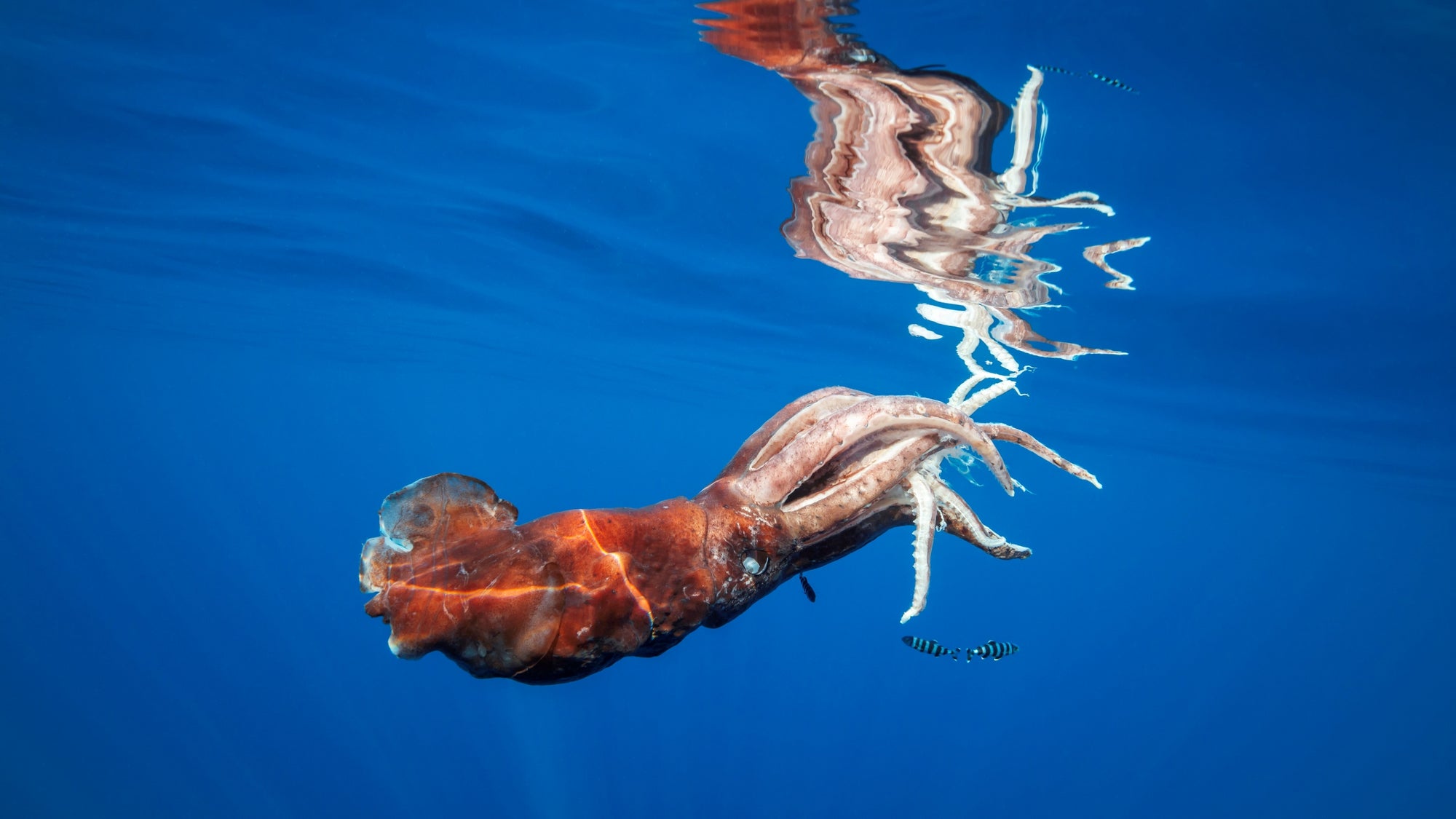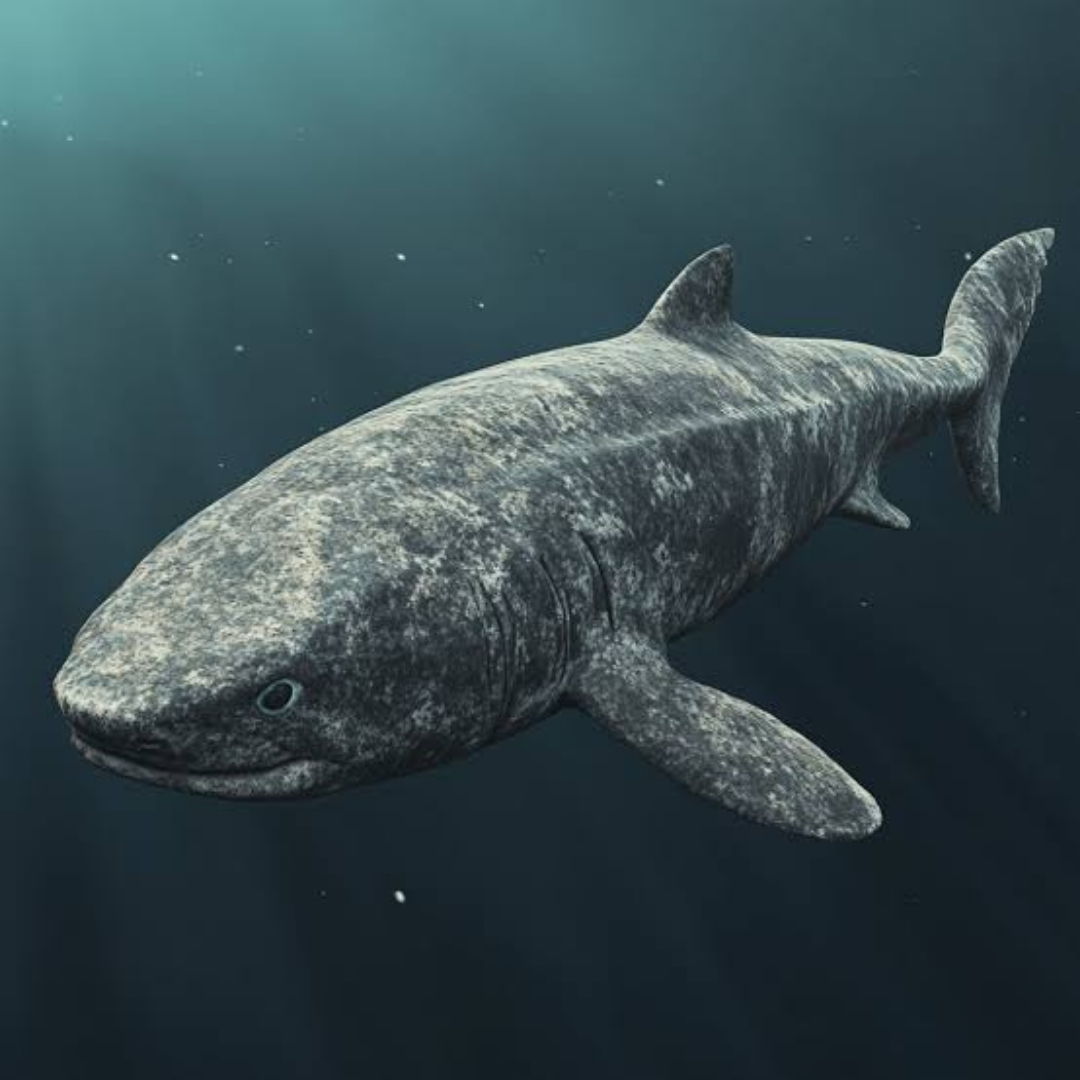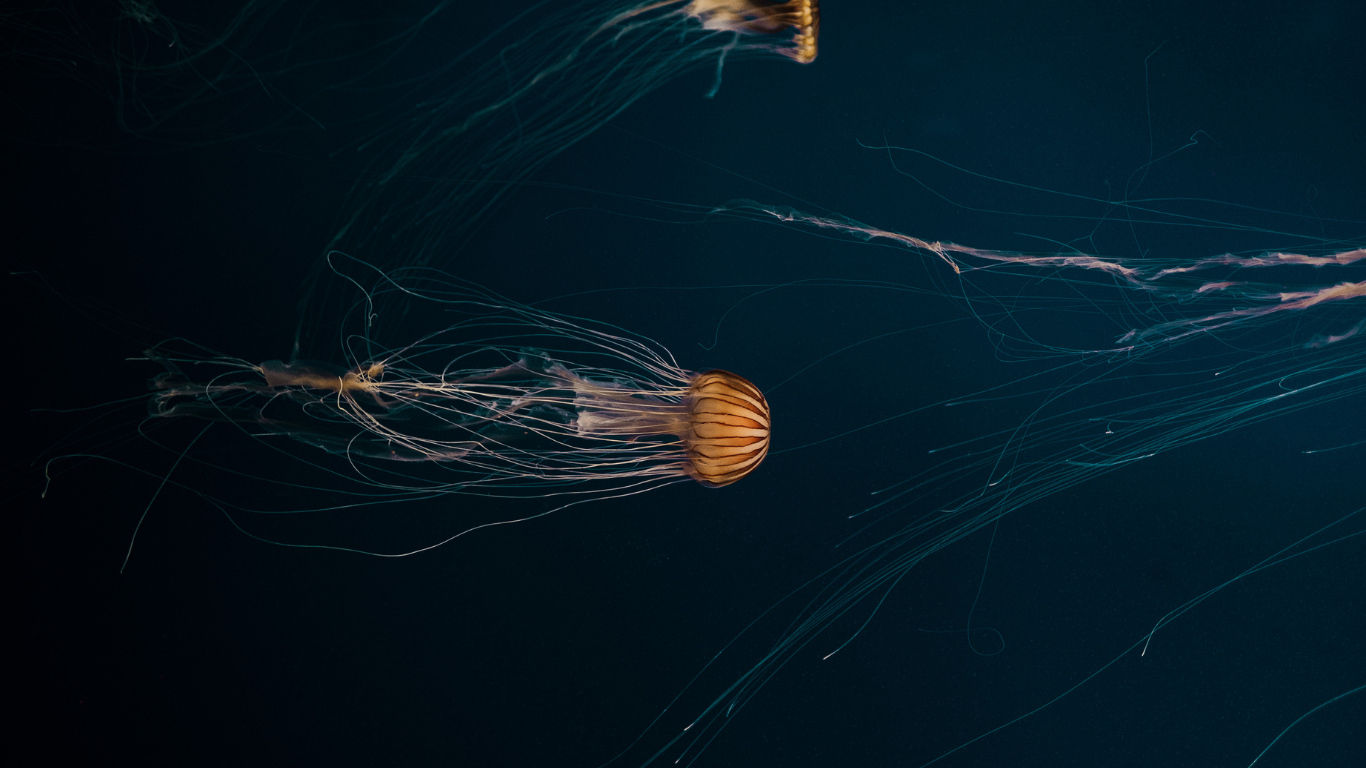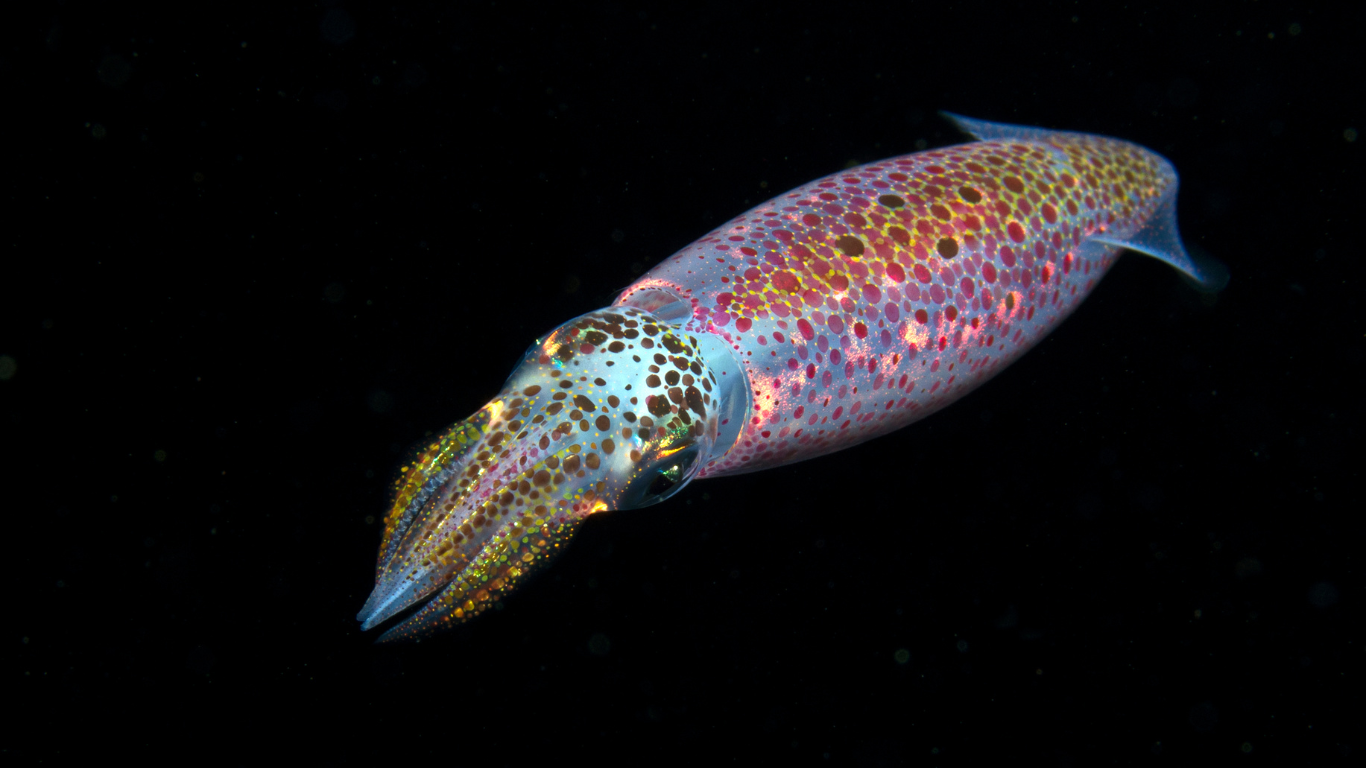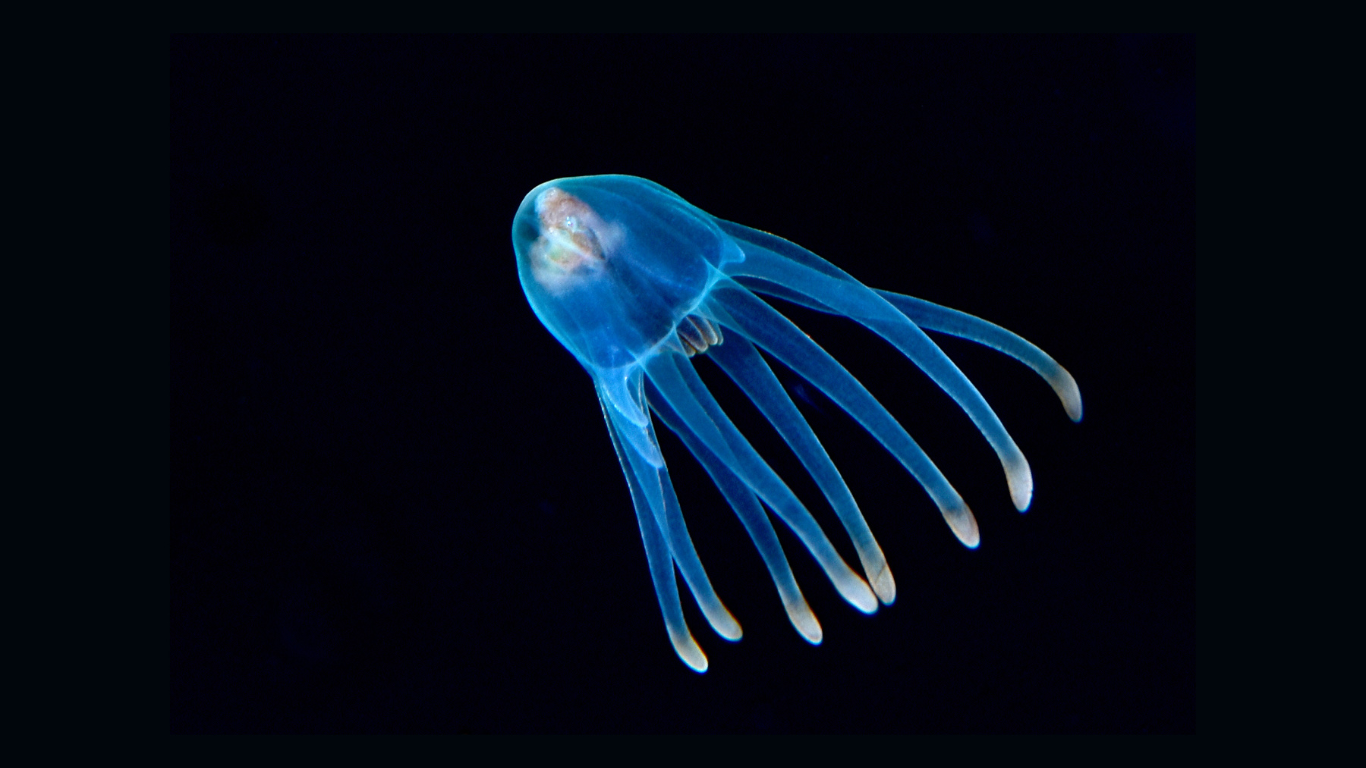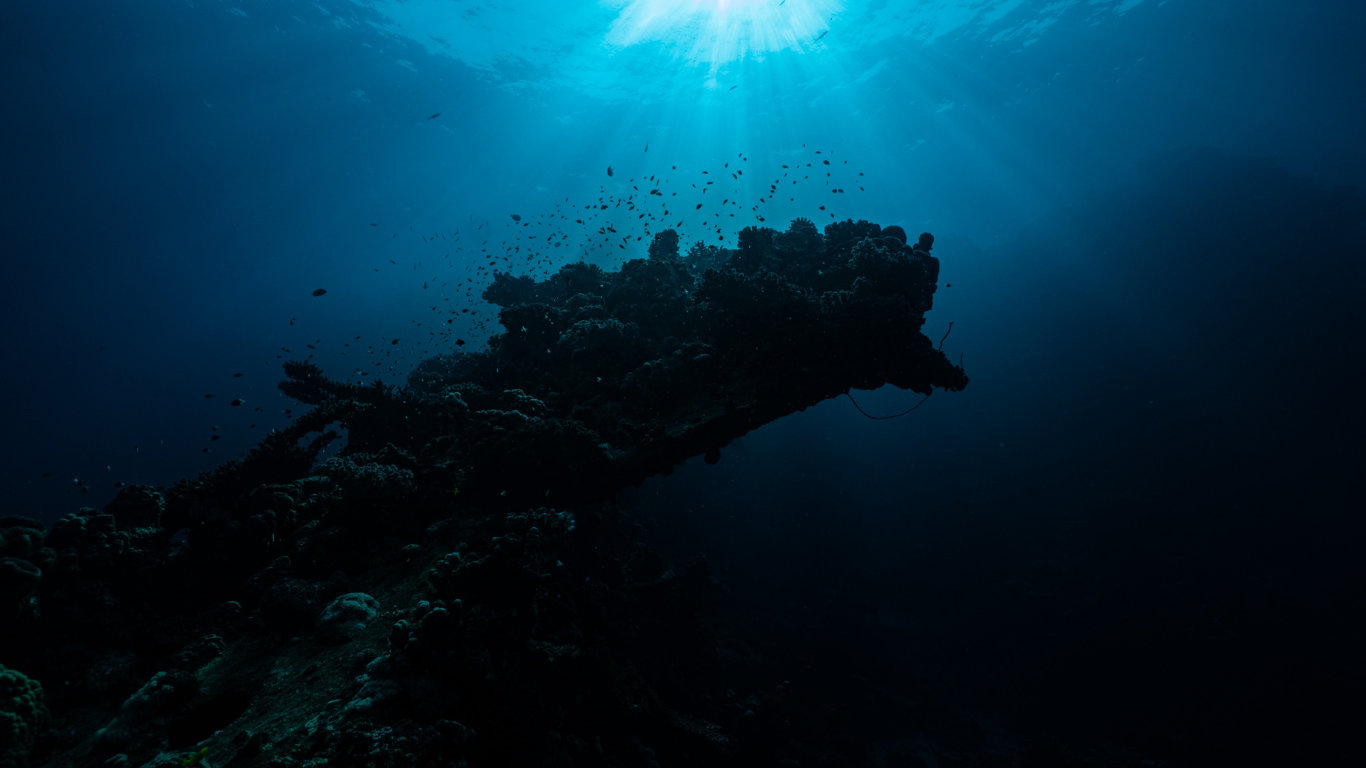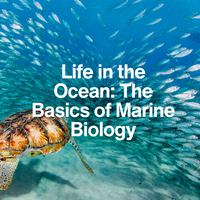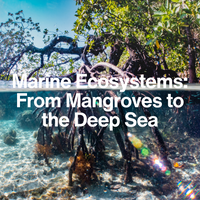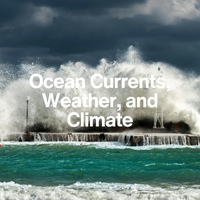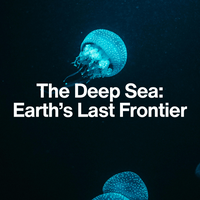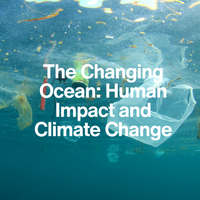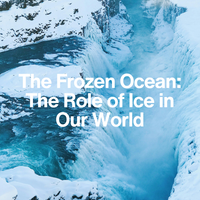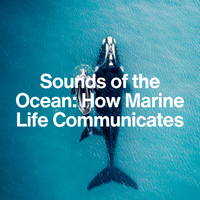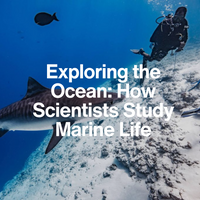LESSON 1
What Lives in the Deep Ocean?
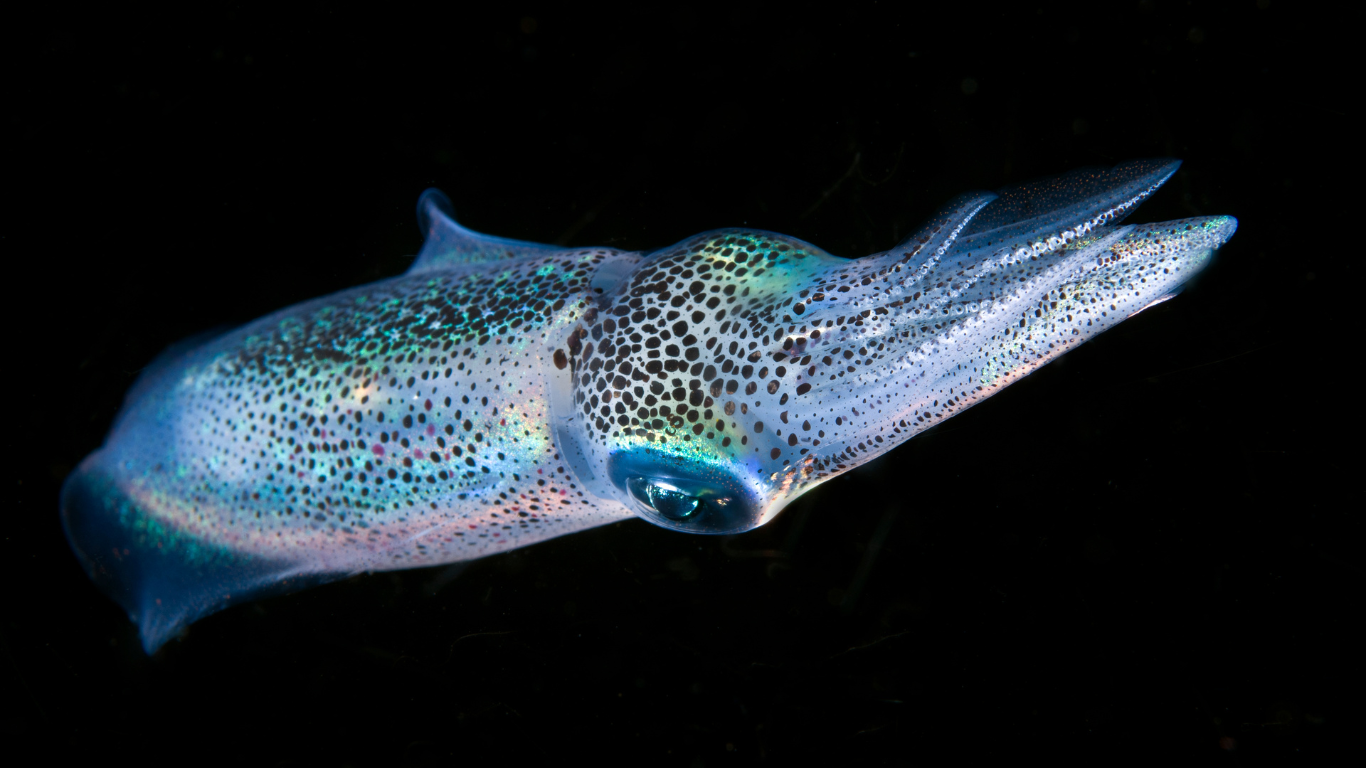
Introduction:
A Hidden World Beneath the Waves
When we think of the ocean, we usually picture bright coral reefs or rolling surface waves. But most of the ocean lies far below the reach of sunlight, in a cold, dark world known as the deep sea. Here, at depths greater than 200 meters (656 feet), an alien-like ecosystem thrives: animals that glow in the dark, fish with huge teeth, and creatures so bizarre they seem like science fiction.
The deep sea is Earth's largest habitat, covering over half the planet’s surface—yet it remains the least explored.
Let’s dive in and meet some of its extraordinary residents!
1. The Layers of the Deep Ocean
The deep ocean isn't just one endless abyss. It’s divided into different zones based on depth, light, and pressure:
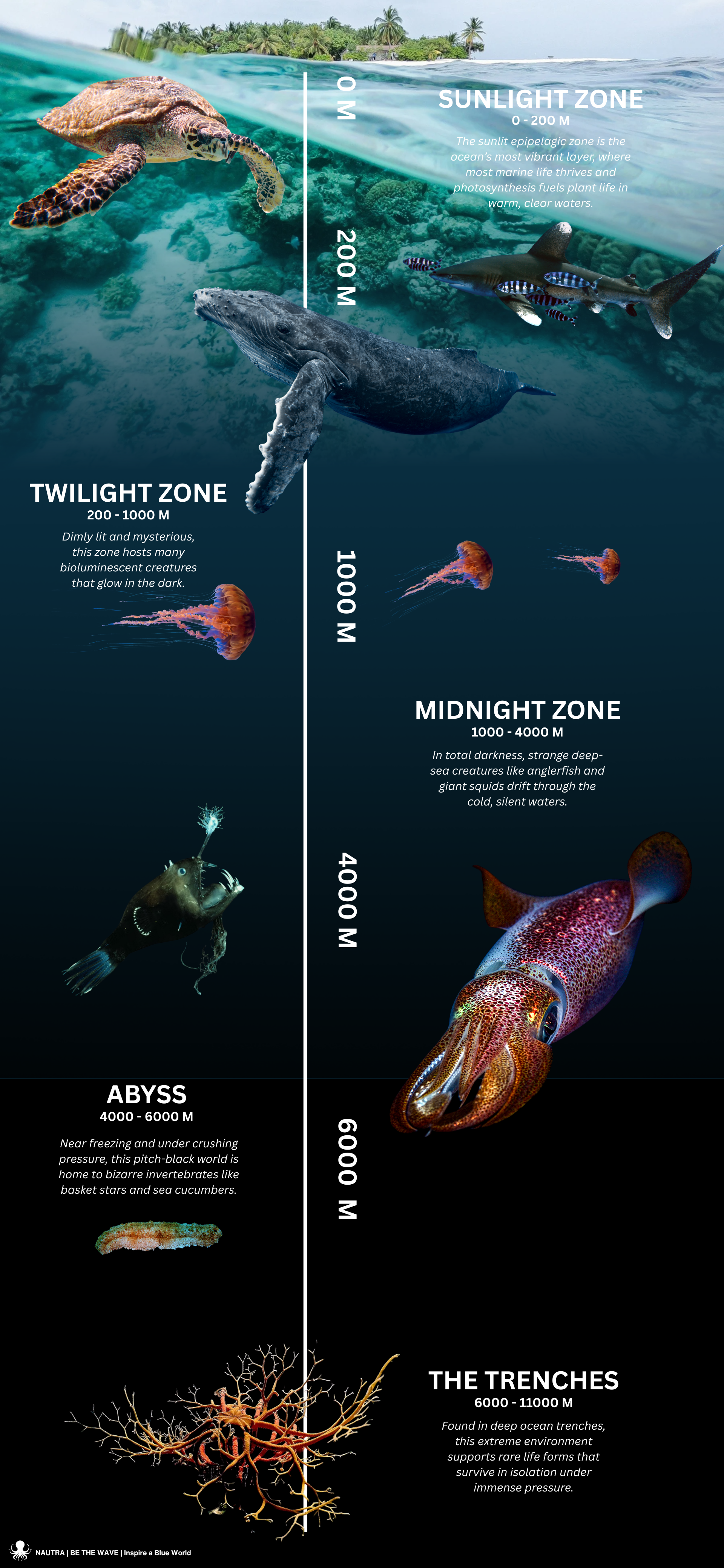
Each zone hosts its own community of highly adapted creatures.
Fun Fact
In the Hadalpelagic Zone—Earth’s deepest ocean layer—the pressure is over 1,000 times greater than at sea level. That’s like having 50 jumbo jets stacked on top of you!
2. Incredible Deep-Sea Creatures
Life in the deep is as diverse as it is strange. Every creature here has evolved to survive extreme pressure, freezing temperatures, and complete darkness.
Let’s meet some of the most astonishing deep-sea species:
Bioluminescent Creatures: The Living Lights of the Deep
In a world without sunlight, many deep-sea animals have developed the ability to produce their own light through a chemical reaction called bioluminescence.
This glow can help them hunt, hide, or find mates.
Examples
Did you know?
About 90% of the animals in the Mesopelagic Zone can make their own light using bioluminescence!
Predators of the Deep: Masters of Scarcity
In the deep sea, food is a rare prize, so predators have evolved extraordinary hunting strategies to survive.
Examples
Fun Fact
The vampire squid gets its name from its spooky red eyes and webbed arms—but it doesn’t drink blood. It eats drifting ocean debris called marine snow!
Slow-Moving Giants: Huge but Energy-Saving
Because of the cold temperatures and scarcity of food, many deep-sea animals grow very large but conserve energy by moving slowly. This phenomenon is sometimes called deep-sea gigantism.
Examples
3. Why Does Deep-Sea Life Matter?
Even though it’s remote, the deep sea is vital for Earth’s health:
Protecting the deep sea is essential—not just for curiosity but for the well-being of the entire Earth system.
Conclusion
The Greatest Unknown
The deep ocean is Earth’s last great frontier—full of creatures that baffle scientists and ecosystems that push life to its limits. With each expedition, we uncover new species and deeper mysteries.
And we’re only just beginning.
Key Takeaways:
The deep ocean is Earth's largest and least explored habitat, beginning around 200 meters below the surface.
Despite extreme conditions, it hosts an incredible range of life—from glowing anglerfish and gulper eels to giant squid and centuries-old Greenland sharks.
Many species use bioluminescence, grow to enormous sizes, or develop unique hunting and survival strategies to adapt to the dark, high-pressure world of the deep.
NEXT LESSON
How Do Animals Survive in the Dark?
We’ll explore the incredible adaptations that allow life to thrive where the sun never shines!
